 Lion
Lion
Entry Type: Thing - Starting with L
 Lion
Lion
Lion Oil Company
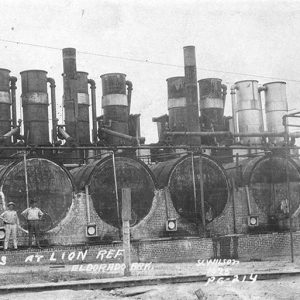 Lion Oil Stills
Lion Oil Stills
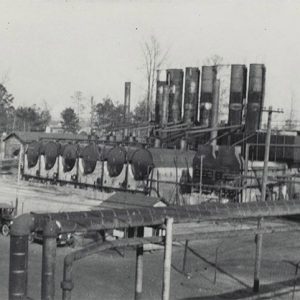 Lion Oil Stills
Lion Oil Stills
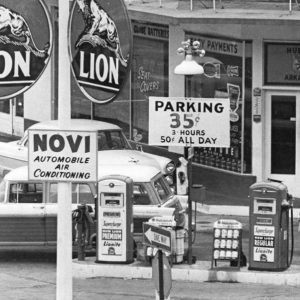 Lion Service Station
Lion Service Station
 Litter Applicator
Litter Applicator
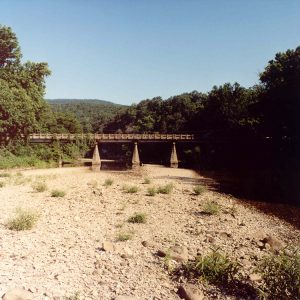 Little Buffalo River Bridge
Little Buffalo River Bridge
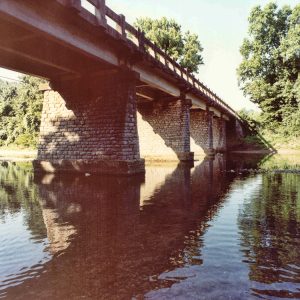 Little Buffalo River Bridge
Little Buffalo River Bridge
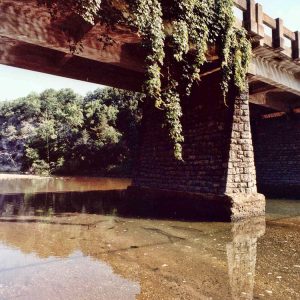 Little Buffalo River Bridge
Little Buffalo River Bridge
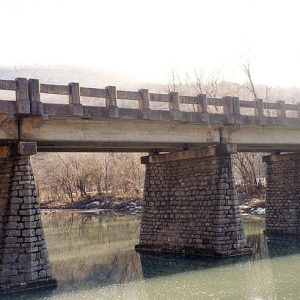 Little Buffalo River Bridge
Little Buffalo River Bridge
Little Buffalo River Bridge
 Little Cedar Creek
Little Cedar Creek
Little Girl from Little Rock [Song]
Little Missouri River Bridge
aka: Nachitoch Bluff Bridge
 Little Missouri River Bridge
Little Missouri River Bridge
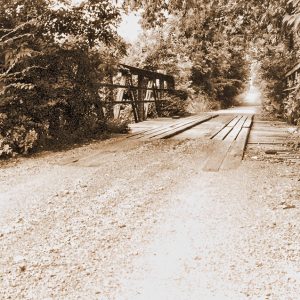 Little Missouri River Bridge
Little Missouri River Bridge
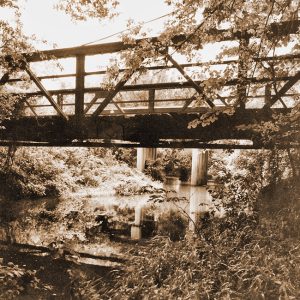 Little Missouri River Bridge
Little Missouri River Bridge
Little Red River
Little River (Southwestern Arkansas)
Little River County Courthouse
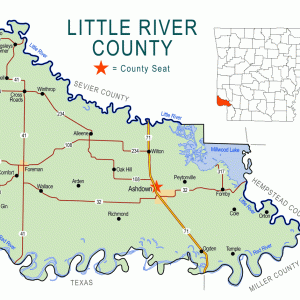 Little River County Map
Little River County Map
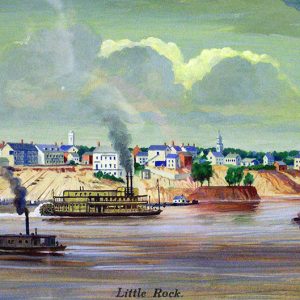 Little Rock
Little Rock
 "Little Rock," Performed by Collin Raye
"Little Rock," Performed by Collin Raye
 The Little Rock
The Little Rock
Little Rock [Geological Formation]
aka: Point of Rocks
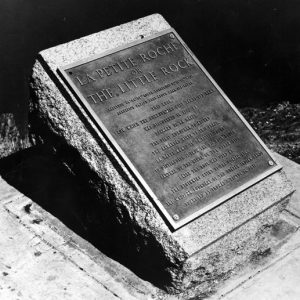 "Little Rock" Plaque
"Little Rock" Plaque
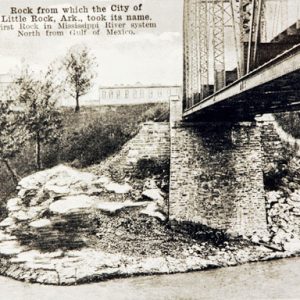 Little Rock [Geological Formation]
Little Rock [Geological Formation]
Little Rock and Fort Smith Railroad
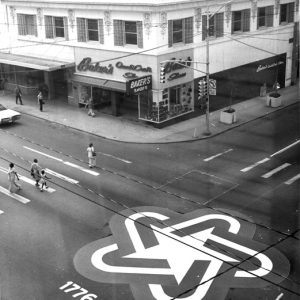 Little Rock Bicentennial Emblem
Little Rock Bicentennial Emblem
Little Rock Brewing & Ice Company
Little Rock City Hall
 Little Rock College Seal
Little Rock College Seal
Little Rock Confederate Memorial
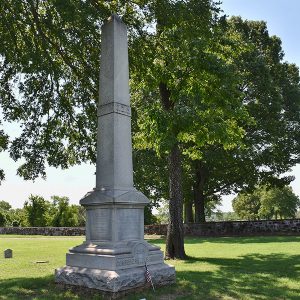 Little Rock Confederate Memorial at Oakland-Fraternal Cemetery
Little Rock Confederate Memorial at Oakland-Fraternal Cemetery
 Little Rock Confederate Memorial Inscription
Little Rock Confederate Memorial Inscription
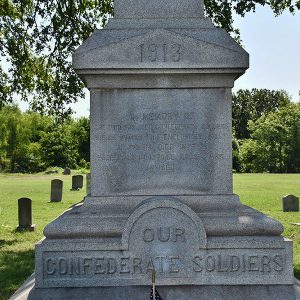 Little Rock Confederate Memorial Detail
Little Rock Confederate Memorial Detail
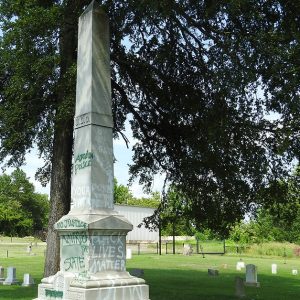 Little Rock Confederate Memorial Vandalism
Little Rock Confederate Memorial Vandalism
Little Rock Debates on Evolution (1966)
Little Rock Fire Station No. 9
Little Rock Free Press
aka: Arkansas Free Press
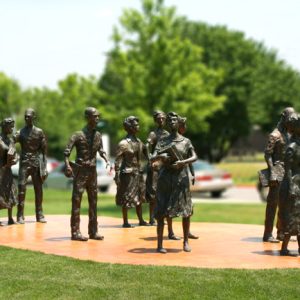 Little Rock Nine Monument
Little Rock Nine Monument
Little Rock Picric Acid Plant
Little Rock Port Authority
aka: Port of Little Rock
Little Rock Railway & Electric Company (LRREC)
 Little Rock Senior High Yearbook
Little Rock Senior High Yearbook
 Little Rock Skyline
Little Rock Skyline
Little Rock to Cantonment Gibson Road
Little Rock University
 John Sebastian Little Monument
John Sebastian Little Monument
 Living in Little Rock with Miss Little Rock by Jack Butler
Living in Little Rock with Miss Little Rock by Jack Butler




